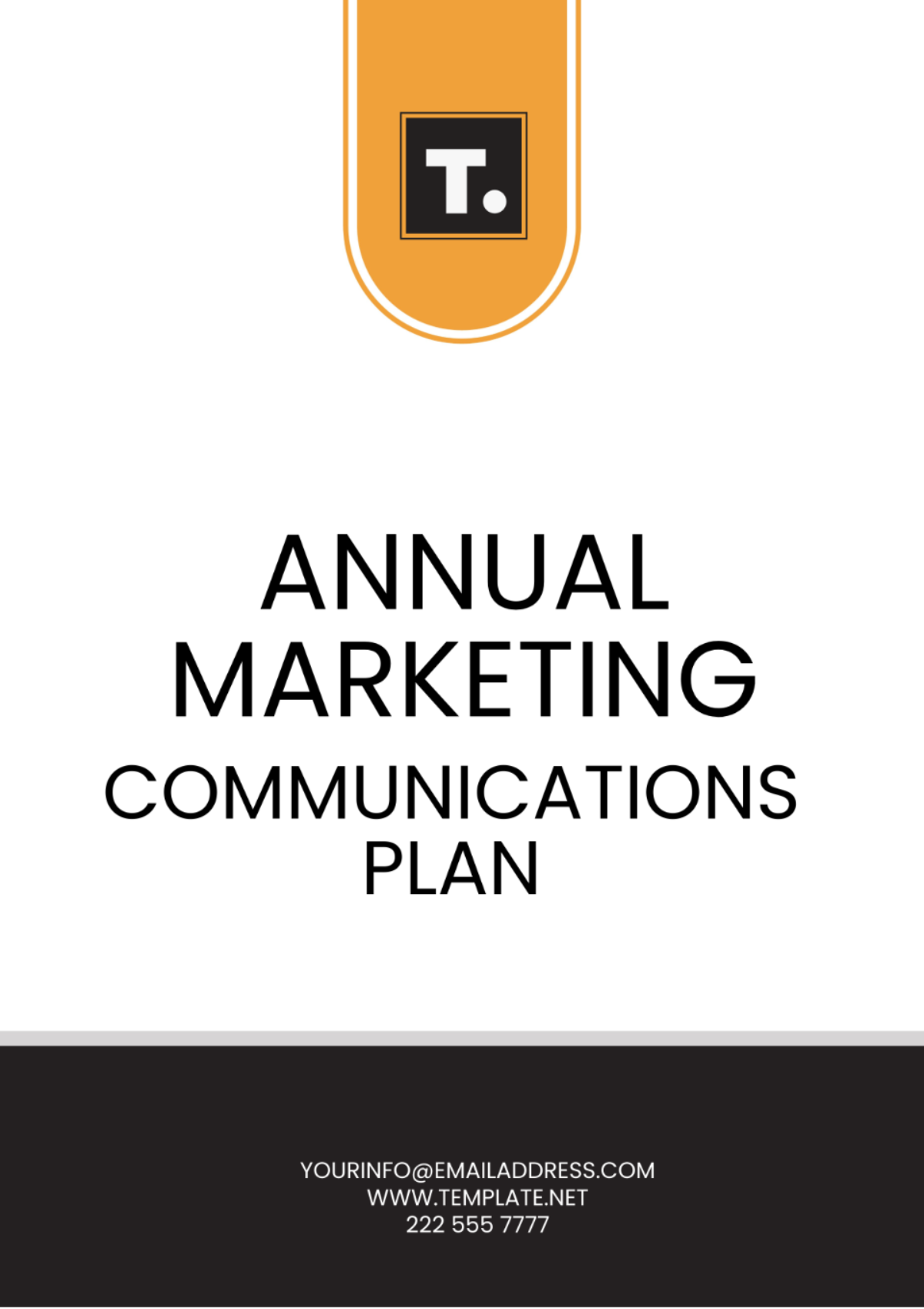COMMUNICATION ROLLOUT PLAN
Written by: [Your Name]
I. Introduction
Our company, [Your Company Name], is thrilled to introduce our latest innovation, [Your New Product]. This Communication Rollout Plan serves as our blueprint for orchestrating a seamless and impactful launch, ensuring that the product captures the attention and enthusiasm of our target audience.
II. Objectives
Increase Awareness: Elevate the visibility of the product within our target market segments, positioning it as a must-have solution.
Generate Excitement: Spark anticipation and curiosity surrounding the launch, fostering excitement and buzz among customers and industry stakeholders.
Educate Customers: Provide comprehensive information about the features, functionalities, and benefits of the product, empowering customers to make informed purchasing decisions.
Drive Sales: Drive sales momentum and achieve revenue targets, capitalizing on the initial excitement generated by the launch.
III. Audience Analysis
Internal Stakeholders: Our dedicated team of employees, managers, and sales representatives play pivotal roles in championing the product internally and externally.
External Stakeholders: Existing customers eager to explore new offerings, potential customers seeking innovative solutions, and influential voices within our industry whose endorsement can amplify our message.
IV. Messaging Strategy
Core Messages: Articulate the key value propositions of the product, emphasizing its unique features, competitive advantages, and transformative impact on our customers' experiences.
Tone: Infuse our messaging with enthusiasm, authenticity, and a genuine commitment to delivering value, fostering trust and connection with our audience.
V. Communication Channels
Internal Channels: Utilize company-wide emails, intranet announcements, and interactive staff meetings to disseminate information, cultivate excitement, and align internal stakeholders.
External Channels: Leverage the power of social media platforms such as Twitter, LinkedIn, and Facebook to engage with our audience, share compelling content, and generate buzz. Additionally, deploy targeted press releases, update our website with captivating content, and distribute informative email newsletters to reach our external stakeholders effectively.
VI. Timeline
Pre-launch Phase (Month 1): Develop captivating marketing materials, refine our messaging strategy, and equip our sales teams with comprehensive product knowledge and sales tools.
Launch Phase (Month 2): Execute the official product announcement, initiate our multi-channel marketing campaign, and orchestrate captivating launch events to showcase the unveiling of the product.
Post-launch Phase (Months 3-6): Sustain momentum through continued promotion, personalized customer outreach, and proactive customer support. Gather invaluable feedback from our customers, iterate on our communication strategies, and drive ongoing product adoption and success.
VII. Responsibilities
Marketing Team: Lead the development of compelling marketing collateral, coordinate multi-channel promotional campaigns, and monitor campaign performance metrics to optimize our outreach efforts.
Sales Team: Harness their expertise to educate customers, cultivate leads, and facilitate pre-orders, leveraging their customer relationships to drive early adoption and market penetration.
Customer Support: Stand ready to address customer inquiries, resolve issues promptly, and provide invaluable assistance throughout the customer journey, reinforcing our commitment to customer satisfaction.
Management: Provide strategic guidance, allocate resources effectively, and foster a culture of collaboration and innovation to ensure the successful execution of our Communication Rollout Plan.
VIII. Evaluation and Feedback
Performance Metrics: Track and analyze key performance indicators, including social media engagement metrics, website traffic, conversion rates, and sales figures, to gauge the effectiveness of our communication efforts.
Customer Feedback: Solicit feedback from customers through surveys, reviews, and direct interactions, capturing valuable insights into their experiences, preferences, and areas for improvement.
Continuous Improvement: Utilize data-driven insights and customer feedback to refine our communication strategies, optimize our messaging, and enhance the overall customer experience, driving sustained success and growth.
IX. Contingency Plan
Risk Identification: Proactively identify potential risks and challenges that may arise during the rollout process, such as technical issues, negative feedback, or unforeseen market dynamics.
Mitigation Strategies: Develop robust mitigation strategies to address identified risks, including contingency plans, crisis communication protocols, and rapid response mechanisms to minimize disruptions and mitigate potential negative impacts.
Adaptability and Resilience: Maintain flexibility and adaptability in our approach, remaining agile and responsive to changing circumstances, while upholding our commitment to transparency, integrity, and customer-centricity in all our communications and actions.





